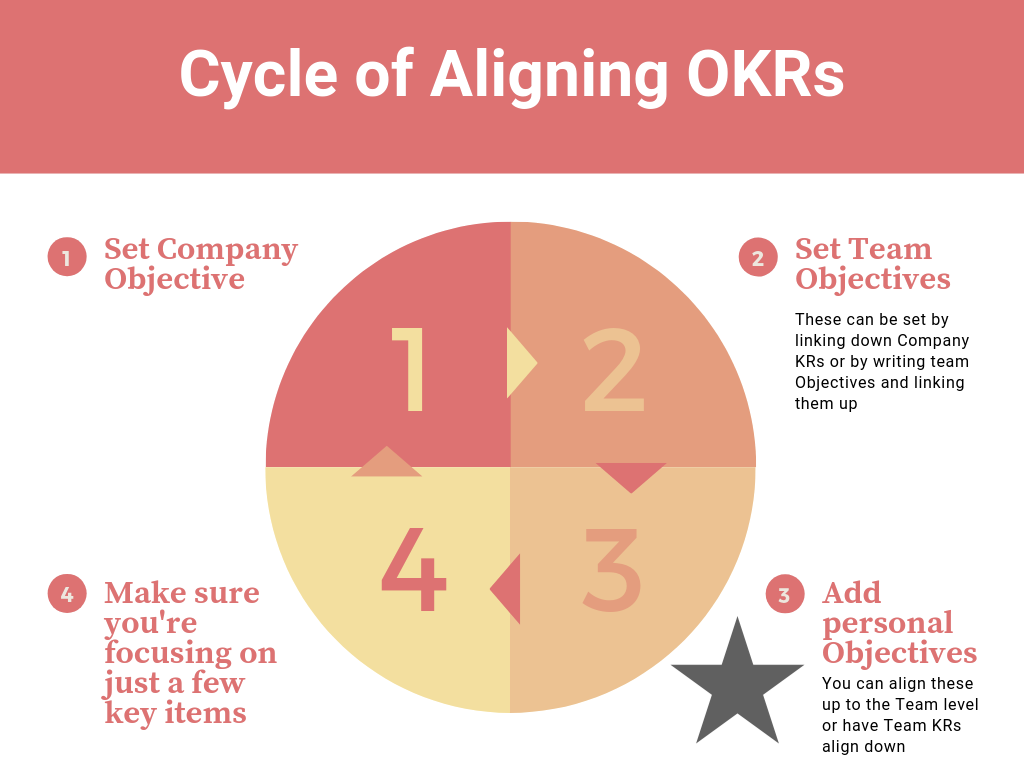Communication must-knows for all leaders and teams
Vital Germaine
The single biggest problem in communication is the illusion that it has taken place.
- George Bernard Shaw
We have all experienced the consequences of poor or miscommunication. Miscommunication ultimately results in 3 negative outcomes:
LOSS OF TIME
LOSS OF MONEY
LOSS OF RELATIONSHIPS (CLIENT)
CASE-IN POINT
Mars Climate Orbiter Incident (1999)
NASA lost the $327 million Mars Climate Orbiter due to a unit conversion error. One engineering team used imperial units (pound-seconds), while the rest of the team expected metric units(newton-seconds).
The discrepancy caused the spacecraft to descend too low into the Martian atmosphere, where it either burned up or skipped off into space.
This failure was due to LOCKHEED MARTIN delivering navigation software in imperial units, but NASA’s Jet Propulsion Laboratory (JPL) expected metric units.
The ISS project itself, involving cooperation between the U.S., Russia, Europe, Japan, and Canada, uses metric units almost universally to avoid these issues. The Mars incident became a cautionary tale, and since then, strict standardization on metric has been a key part of international space collaboration.
Though costly lessons were learned, the relationship was saved due to changes and accountability and a desire to grow as a collective.
12 STEP TO MINIMIZE MISCOMMUNICATION
1. Clarity
Eliminate jargon and be specific; avoid ambiguity.
2. Emotional Intelligence
Be aware of your own emotions and those of others when communicating.
3. Medium Selection
Choose the right platform (email, call, face-to-face) based on the message.
4. Purpose and Intent
Know why you're communicating and what outcome you want… and understand and respect your audience.
5. Centralized Communication Tools
Use platforms like Slack, Microsoft Teams, or Notion to keep conversations, updates, and documents in one accessible place.
6. Defined Roles & Responsibilities
Ensure everyone knows who is responsible for what, so questions and updates go to the right people without confusion.
7. Message Timing
Deliver messages when the audience is most receptive.
8. Consistency
Keep communication aligned with actions and past messages.
9.Cultural Awareness
Be sensitive to cultural differences in communication styles.
10. Regular Check-Ins & Updates
Schedule brief, consistent meetings or written updates to keep everyone aligned and address roadblocks early.
11. Defined Roles & Responsibilities
Ensure everyone knows who is responsible for what, so questions and updates go to the right people without confusion.
12.Feedback Loops
Encourage open, honest feedback and make it easy for people to ask questions or raise concerns, improving clarity and trust.
To do a deeper dive into optimizing your communication skills, connect with us to share our impactful training with your team.
Vital Germaine,
PRESIDENT ENGAGE Teams 360






















